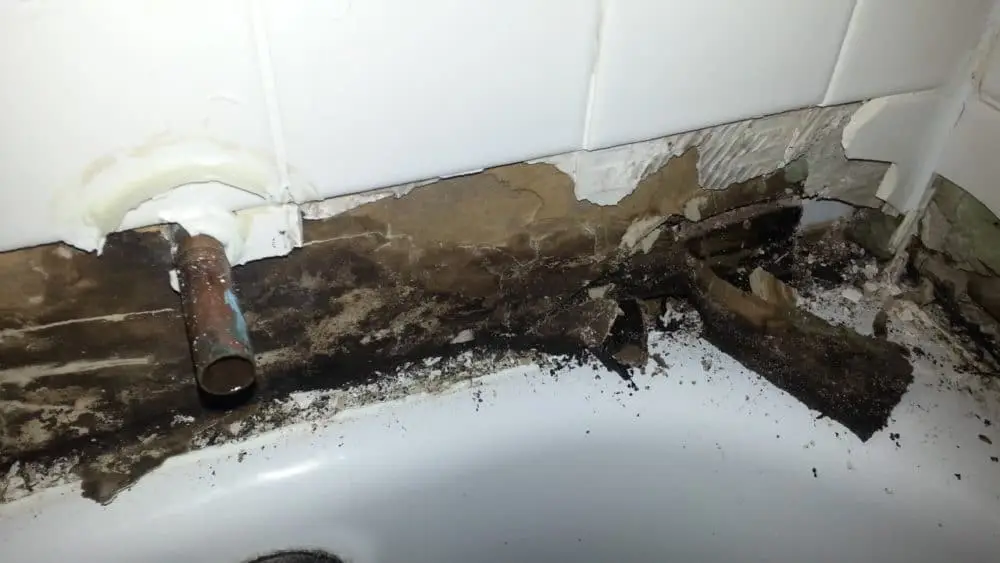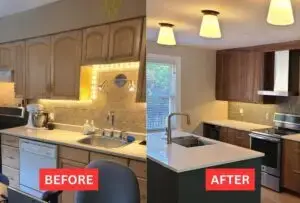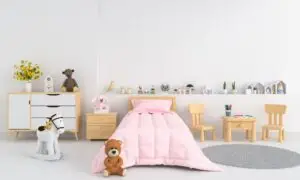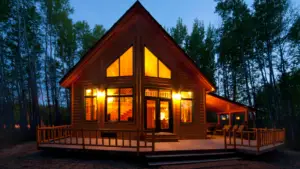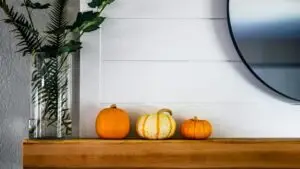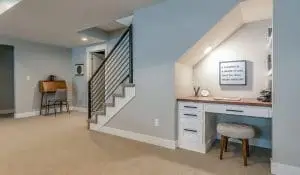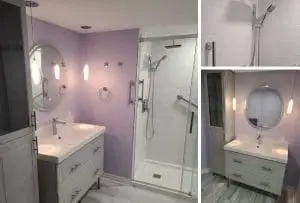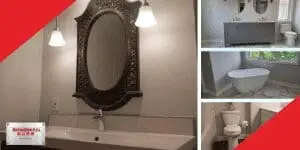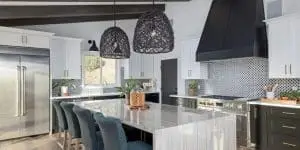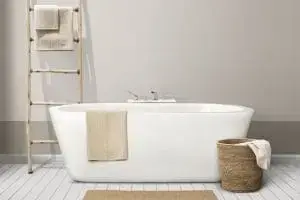A common problem we tend to run into a lot at RenosGroup is drywall in wet areas. Here are some reasons why you shouldn’t install drywall behind shower walls.
While installing shower surrounds and bathtub walls over drywall is technically possible, it’s a recipe for disaster. That’s because drywall is not a material that’s intended to get wet.
In fact, drywall actively absorbs moisture – which causes it to lose its structural integrity. That’s terrible news for the framework of your home, as the compromised drywall can let moisture seep in and wreak havoc.
Read on to learn more about what drywall does to shower walls, as well as alternative materials that work far better behind shower surrounds.
Drywall and Moisture: A Dangerous Mix
To understand why drywall absorbs moisture, you need to learn a bit more about the material. Drywall consists of sheets of gypsum plaster held together by fiberglass. It’s used to finish interiors by placing a solid structure over the insulation and plank walls.
Drywall is a porous material by nature, which means that it contains tiny holes capable of absorbing moisture and housing bacteria/mold.
That’s why drywall is exclusively installed in areas that aren’t meant to ever get wet, such as your living room or bedroom walls.
Whenever a flood occurs in a home that has drywall, the drywall will absorb the standing water – which then becomes a breeding ground for dangerous bacteria and mold. If left unchecked, the mold can cause severe structural damage to your home, costing you thousands of dollars in repairs.
The same thing happens whenever you attempt to install a shower or a bathtub surround over drywall.
The drywall will absorb the moisture, become compromised, grow mold, and even spread the moisture elsewhere inside your framework. It’s basically like a mini-flood occurring in your home, which you don’t want.
That’s not all either, as it gets worse.
Beyond absorbing any standing water it comes into contact with, drywall will also absorb any moisture in the air.
That means whenever you take a hot shower or bath, the humidity released will seep into your drywall and compromise its integrity.
A Visual Demonstration of What Can Happen
The following are a series of photos we took on a real job. The homeowner had drywall installed behind a shower surround, and look what happened.
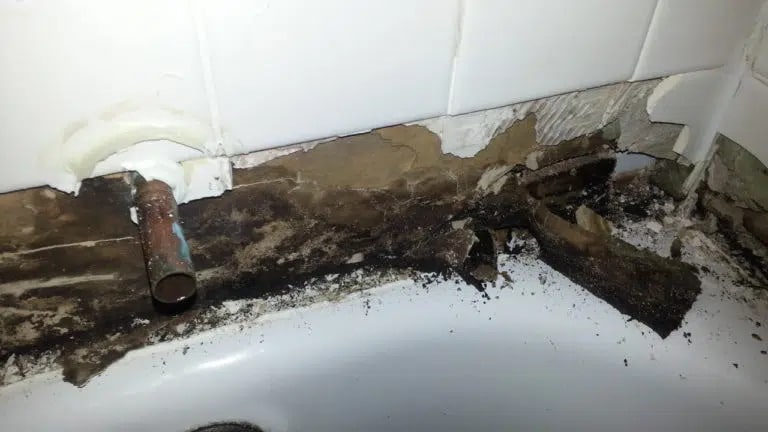
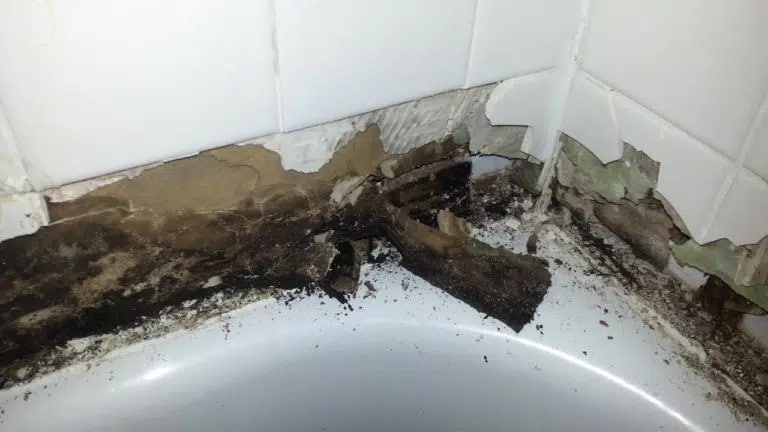
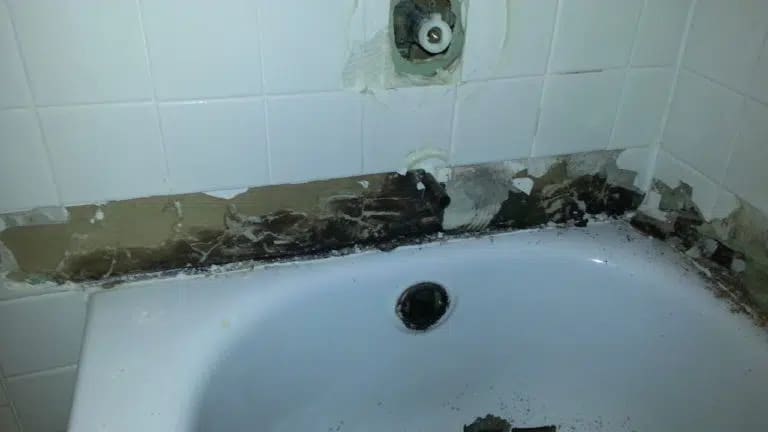
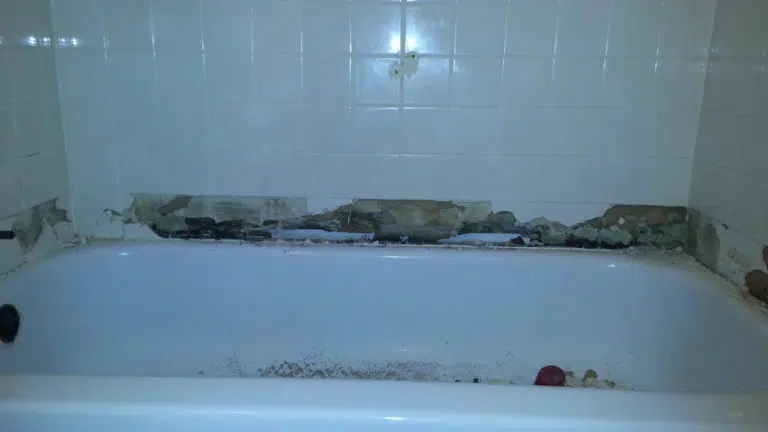
The moisture ultimately compromised the drywall, causing it to rot and form dangerous mold. It then spread to the rest of the wall, causing structural damage to the home.
We took photos to convey the dangers of using standard drywall behind the shower and bathtub. Trust us, the last thing you want to have to deal with is massive structural damage to your home, as the repair costs are excessively steep.
Alternative Materials for Your Bathroom Walls
Now that you know why drywall is such a no-no for your bathroom, what materials should you use instead?
There are quite a few options, including a modified version of traditional drywall called ‘green board.’
Green / Blue Drywall
Green/blue board, is a drywall that’s been covered with coloured paper (to distinguish it from regular drywall) coated with a protective wax for moisture
Denshield
Denshield is an excellent alternative when traditional drywall doesn’t cut it. Denshield has a water-proof front with a moisture protect back and sides. Similar to green/blue board it has a drywall interior.
If you can select a material to use behind a shower or tub surround, Denshield is an excellent choice. With it in place, you can run the shower all you want without worrying about mold forming inside your walls.
Concrete Backing Board
A cement or concrete backing board is another option for your tiled areas. Typically, builders use concrete backing whenever they need to form a base for ceramic tile.
A concrete backing board is an excellent option if your shower or bathtub surround features ceramic tiles. Grout and mortar also easily adhere to concrete backing boards, making them an ideal material to use.
Waterproofing Membranes
Membranes are now one of the more popular options today. They even come in handy if the space you’re converting into a bathroom wasn’t one before, like a closet. Since the builders didn’t intend the walls in a closet to get wet, they likely used regular drywall. In this scenario, you would add a Schluter moisture-blocking membrane to avoid installing brand-new materials.
What’s that?
A moisture-blocking membrane is a thin felt back water-proofing material strip that prevents moisture from entering the drywall.
If done correctly the membranes are the best option and have become the most popular form of ensuring your wet areas are sealed and mold free.
A downside is that these membranes tend to run on the pricey side.
Trust RenosGroup With Your Bathroom Remodel
Understanding why drywall isn’t a suitable material for bathroom walls is essential knowledge for all homeowners, so please share this article on your social media accounts to help get the word out.
You never know; you may save someone thousands of dollars in repairs by showing them this article.
If you want to remodel your bathroom walls in Ottawa, don’t hesitate to reach out to us at RenosGroup. Our licensed team of professionals will install beautiful shower and bathtub surrounds for you, and we always use appropriate materials that won’t damage your home.
To schedule renovations, you can either fill out our online form or call us at (613) 727-9427.
